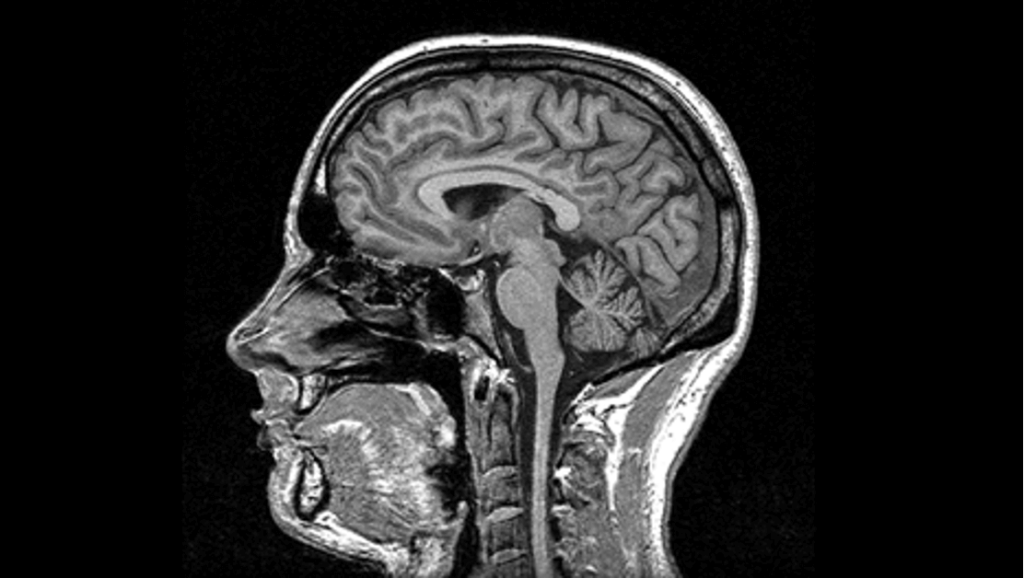In a compelling episode of the “Dr. Phil” show, viewers were introduced to Brenden and Natasha, a couple grappling with severe marital discord rooted in Brenden’s uncontrolled anger. Over their eight-year marriage, Natasha endured frequent episodes of yelling, threats, and physical aggression from Brenden, including a behavior she referred to as “muffing,” described as a push to the face. Despite these challenges, Natasha remained committed to understanding the underlying causes of Brenden’s outbursts and sought assistance from Dr. Phil to navigate their tumultuous relationship.
Brenden acknowledged his struggles with anxiety, which often escalated into intense anger and aggressive behavior. He expressed a desire to uncover any potential medical explanations for his actions, stating, “I’m hoping for some type of outcome for me and my family.” Recognizing the complexity of Brenden’s situation, Dr. Phil enlisted the expertise of Dr. Bradley Jabour, a renowned neuroradiologist, to conduct comprehensive brain imaging studies aimed at identifying possible neurological factors contributing to Brenden’s behavior.

Dr. Jabour utilized advanced neuroimaging techniques to examine the structure and function of Brenden’s brain. He explained the objective of these scans: “We have these powerful techniques which can look at the architecture of your brain, but also get an idea of the functioning of your brain. So we’re looking for any possible stigmata of brain injury which could be caused by other things other than actual injury.” This approach aimed to detect any abnormalities or signs of past trauma that might influence Brenden’s emotional regulation and impulse control.
The results of the brain scans revealed significant findings. Dr. Jabour identified seven distinct areas of gliosis, indicating scar tissue within Brenden’s brain. These findings suggested that Brenden had experienced brain injuries at some point, possibly without his recollection. Dr. Jabour noted, “I was surprised… he mentioned that he had never had any experience of an impactful head trauma… we see evidence that looks like at some point… he got a hit on the head or knocked unconscious, possibly something that maybe he doesn’t remember.” The presence of such scarring can adversely affect brain regions responsible for regulating emotions and controlling impulses, potentially elucidating the root of Brenden’s anger issues.
Upon learning about these neurological impairments, Brenden became visibly emotional, shedding tears as he confronted the tangible evidence of his brain abnormalities. This revelation provided a crucial understanding of the physiological underpinnings of his behavioral challenges and opened avenues for targeted interventions.
The insights gained from Brenden’s case underscore the intricate relationship between neurological health and behavioral manifestations. The brain’s frontal lobes, particularly the prefrontal cortex, play a pivotal role in executive functions such as decision-making, impulse control, and emotional regulation. Damage or dysfunction in these areas can lead to difficulties in managing emotions, resulting in heightened aggression and anger. Understanding this connection is vital for developing effective therapeutic strategies for individuals exhibiting similar behavioral concerns.
Chronic anger and aggression have profound implications not only for interpersonal relationships but also for overall health. Persistent activation of the brain’s “fight-or-flight” response can lead to structural changes, reinforcing neural pathways associated with anger and reducing connectivity in regions like the prefrontal cortex. This rewiring can make individuals more susceptible to frequent and intense anger episodes, contributing to mental health issues such as depression, anxiety, and increased risk of cardiovascular problems. Addressing these patterns through appropriate interventions is crucial for long-term well-being.
Managing anger effectively often requires a multifaceted approach, including psychological counseling, lifestyle modifications, and, in some cases, medical interventions. Techniques such as mindfulness, cognitive restructuring, and relaxation exercises can help individuals recognize triggers and develop healthier responses to stressors. In Brenden’s case, understanding the neurological basis of his anger provided a foundation for exploring targeted therapies aimed at improving brain function and emotional regulation.
The journey of Brenden and Natasha highlights the importance of seeking comprehensive assessments when addressing behavioral issues. By integrating medical evaluations with psychological support, individuals can gain a holistic understanding of their challenges and access tailored interventions that address both the symptoms and underlying causes of their behavior. This case serves as a poignant reminder of the complex interplay between brain health and behavior, emphasizing the need for compassionate and informed approaches to treatment.

For those interested in viewing the full episode and gaining deeper insights into Brenden and Natasha’s story, the “Dr. Phil” show provides an in-depth exploration of their experiences and the interventions undertaken. This episode offers valuable perspectives on the challenges associated with anger management and the potential for healing through comprehensive assessment and targeted therapy.
Understanding the neurological factors contributing to behavioral issues like anger is essential for developing effective treatment plans. By recognizing the signs of potential brain injuries and seeking appropriate medical and psychological support, individuals can embark on a path toward improved emotional health and more harmonious relationships.
For further information on the impact of anger on the brain and strategies for management, resources such as Verywell Mind offer comprehensive articles detailing the physiological and psychological processes involved in anger and effective coping mechanisms. Engaging with such resources can provide additional tools and knowledge for individuals seeking to understand and manage their anger more effectively.
In conclusion, the case of Brenden and Natasha underscores the critical importance of addressing behavioral issues through a multidisciplinary lens, considering both neurological and psychological factors. By doing so, individuals can access the support and interventions necessary to foster healthier behaviors and relationships, ultimately enhancing their quality of life.

















